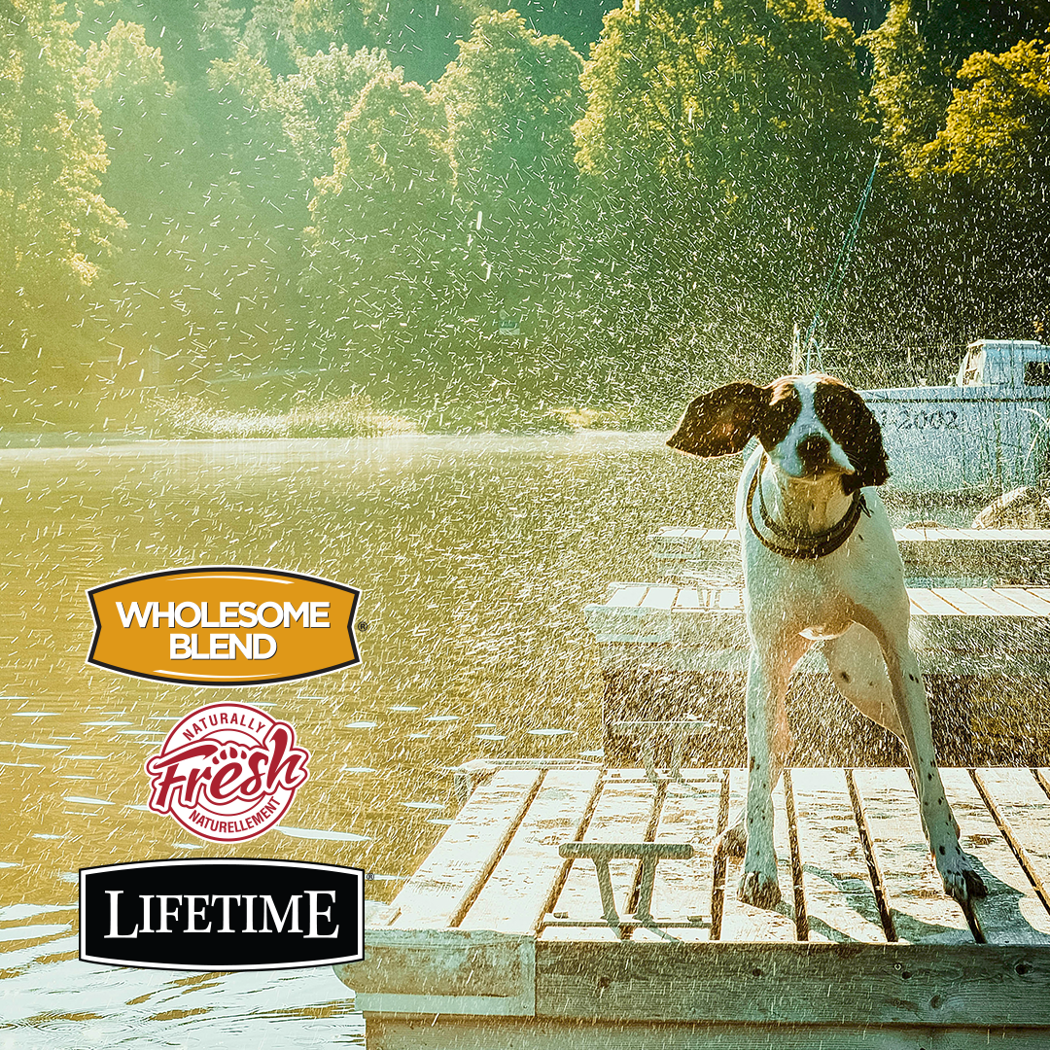How to protect your dog from heat
Dogs and hot weather do not mix. Unlike humans, dogs do not sweat and have trouble cooling down. Pet owners and caretakers need to take extra care during the summer heat to avoid heat stroke.

Here are some tips to help protect your dog from excessive heat:
- If you are away during the day, give your dog access to a cool space in the house (not south-facing) where the curtains are closed. The basement or garage would also work. If you have an air conditioner be careful not to make the house too cold (no more than five or six degrees cooler than what the temperature is outside).
- If your dog stays outside while you are away, make sure there is access to shelter or shade all day. Your dog may dig holes to help cool off.
- Change water every day and make sure that its fresh. You can put ice cubes in the bowl so it stays fresh longer.
- Freeze meat broth with your dog’s favourite vegetables. This is like a dog popsicle.
- At night leave the windows open to encourage drafts.
- Plants, especially those with broad leaves, help to maintain a comfortable temperature in a home. Make sure they are watered well.
- Purchase a kids pool and let your pet play in it. Make sure to change the water every day. If you have a chlorine pool and your dog is bathing in it, make sure they can get out easily and are rinsed with clean water after each swim.
- Do not leave your dog alone in the car, even for a few minutes. If its 29°C outside, the temperature inside the car can go up to 50°C, even in the shade. The dog’s body temperature can reach 42°C in about 20 minutes, and the risk of death becomes very high.
- If you walk or run with your dog, go early in the day or later in the evening to avoid sustained efforts in hot weather. Avoid going out between 10am and 4pm.
- Avoid hot pavement. If its too hot for you, its too hot for your dog. Sand can also be very hot for dogs.
- If you travel with your dog in a car, know that the sun can be harmful for their skin. Sunshades are required.
- You can help cool down your dog with a wet towel with cold water, sprinkle it with a cool mist or put the dog’s paws in a basin of water. Water should not be iced.
- Using a glove or your wet hand, wet your dog, with special attention paid to the top of its head, neck, belly and inner thighs.
Some dogs are more susceptible to heat stroke than others. In addition to puppies and older dogs, pay special attention to your dog if:
- Its ill or has heart, endocrine or respiratory problems
- Is obese (fat acts by insulating and limits heat loss)
- Is of a flat-faced breed (French and English bulldogs, pugs, etc.)
- Has a dark coat
- Takes certain medications
- Has had heat stroke in the past
- Has not yet acclimated to the heat
How to recognize signs of heat stroke in your dog
If your dog has any of these symptoms, they may be suffering from heat stroke.
- Is shaking or has abnormal movements
- Its muzzle looks warmer than normal
- Its tongue becomes bluish or bright red
- Its gums are very dry
- Its attitude changes due to discomfort
- Its body temperature increases
- Its breathing becomes irregular and faster without necessarily having made an effort
- It has vertigo, diarrhea or convulsions
- It salivates to vomit
- It loses consciousness
What to do when your dog has heat stroke
Wetting your dog with cool (but never chilled) water will help lower the temperature. You can cover your dog with a blanket soaked in cold water. Place your dog in a cool place with a fan or with air conditioning. You can also immerse the dog in water, little by little, with the water not being too cold.
Bring your dog to your vet to ensure its condition does not worsen. Heat stroke that worsens quickly can be fatal.